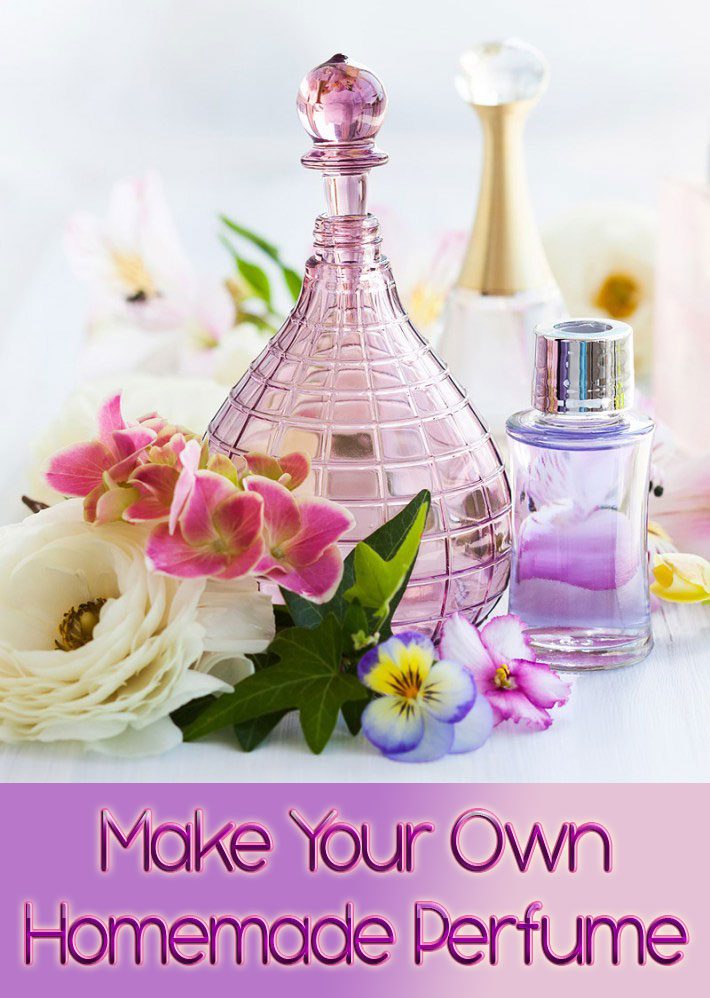
To make your very own simple homemade perfume isn’t difficult, in fact you may already have some of the ingredients available right now. Commercial perfume such as Dior or Ralph Lauren is primarily made from a special perfumers base- which put simply, is very strong, very pure, and very high proof denatured alcohol. Of course there are many other chemical additives and extenders, which vary from perfume to perfume, but carry out the purpose of both preserving and *fixing* the scent.
Oil based perfume is the most ancient form of scent, being the perfume of choice for the ancient Greeks, Romans, and Eygptians- in fact the oldest perfume yet discovered was discovered in Cyprus in 2003 and dates back more than 4000 years. These precious ancient perfumes would most definitely have been oil based!
Before you begin your blend, you’ll need to get hold of the following components:
Ingredients list
- A non-pungent base oil– (Olive oil won’t do unless you want to smell like salad dressing!) Grape Seed Oil and Sweet Almond Oil are both usually readily available in health shops, and inexpensive. Watch out for Jojoba Oil, which although lovely will solidify if it gets cool which can be a bit disconcerting if you wanted a liquid rather than a solid perfume.
- Essential Oils- good quality essential oils can be very expensive as they are pure distilled plant essences- especially Rose Maroc, Sandalwood, Violet leaf, and Oakmoss- and some are fairly obscure and would need to be sourced online- however it is always possible to find some nice smelling more common ones in your local shops. Relatively inexpensive oils which smell pleasant include: Neroli, Sweet Orange, Ginger, Vanilla, Grapefruit, Lemon, Geranium, Ylang Ylang, Francincense, Cedarwood, Jasmine, Chamomile, mint, and lavender.
- A beautiful bottle to put your fragrance in! Do remember, oil based perfumes aren’t really suitable for atomisers as the oil is too dense to spray and will only clog it all up.
Method
- Three quarter fill your bottle with your base oil.
- Add drops of your essential oils to your base oil, shaking the bottle after every fresh application- it’s best to be cautious with your oils as they are very strong, and even one drop too much can have a devastating effect on the final scent. Smell your concoction as you go along until you discover your perfect blend!
- When you’ve got your perfect blend you can top up the bottle with a little more of your base oil if you like. This is fine as your homemade perfume will smell a little stronger when it is applied to your skin, so this will mellow it out somewhat.
Perfume Notes
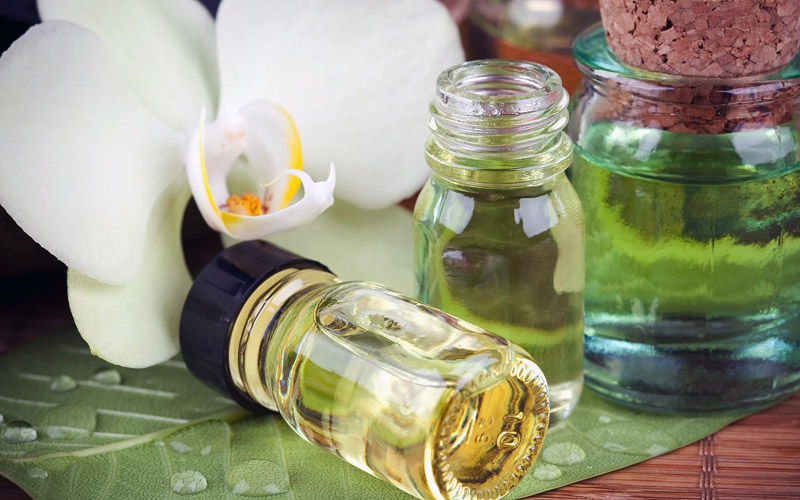
Try to think of your finished homemade perfume as a three dimensional object, a symphony, rather than a flat painting. You may already have heard of top notes, heart notes, and base notes– these are terms used by perfumers to describe the different layers of scent within a fragrance.
- Top notes- these reach our sense of smell first, forming an initial first impression and then dissipating relatively quickly. Examples of common top notes include: Lemon, Mandarin, Neroli, Peppermint, grapefruit, teatree.
- Middle notes- these form the real “heart” of the fragrance and are commonly floral, imparting warmth and fullness. Common heart or middle notes include: Jasmine, Orange flower, geranium, Rose, Violet leaf, Melissa, Myrtle.
- Base notes- intense base notes evolve over time and remain when all the other smells have faded. They are heady, thick, sometimes mysterious, and often derived from barks, resins, saps and grasses. Some common base notes are: Sandalwood, Vanilla, Musks, Oakmoss, Cedarwood, Francincense, Ginger, Glove, Rosewood, Clove, Patchouli.
Perfume Fixatives
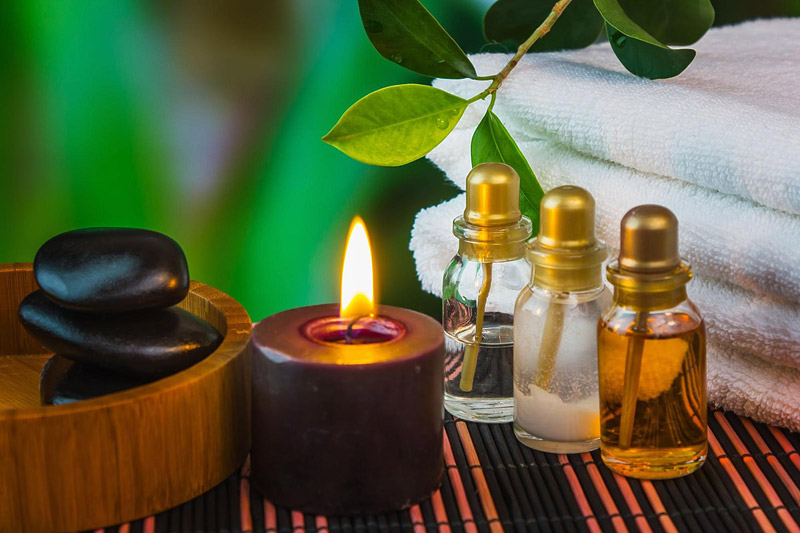
Natural Oil based perfumes are wonderfully therapeutic and don’t contain any of the nasty parabens and other preservatives and sythetic extenders etc. that are too often found in commercial perfumes- however, this does mean that the fragrance doesn’t always last quite as long on the skin.
All is not lost though! Nature is a wonderful provider- and there are actually several essential oils which are able to act as natural “fixatives” or “extenders”. So while you wouldn’t want to put much into your finished homemade perfume as they tend to be very pungent, a drop or two here and there can help to hold your scent, so that it is able to party (nearly!) as long as you are…
Some natural fixatives you may want to consider adding to your homemade perfume are:
- Sandalwood (Very popular, with good reason; woody, heady, seductive and smooth.)
- Patchouli (Deep, spicy and musky; common in the 60’s- perhaps a little “hippyish”!?)
- Oris Root (woody, faint violet undertones)
- Vetiver (earthy, woody, soothing)
- Vanilla (lovely, a very common base for commercial perfume, although of course these are usually synthetic, often blended with musks.)
- Benzoin (sweet woods, undertones of vanilla and resin)
- Cedarwood (gorgeous, fresh Christmas-tree type smell!)
- Ylang Ylang (heady and floral, be sparing with this!)
- Myrrh (exotic, heady, resinous, woody; use sparingly)
- Francincense (woody, sappy, but lighter and fresher than many woody scents with almost floral undertones- very nice.)
Tip: Orange Oil to the Rescue! If you make a mistake and add a drop too much of one particular scent, you could try adding a drop or two of Orange Oil- as it’s widely believed that Orange Oil has the unique qualities of being able to cancel out mistakes in perfumery somewhat, toning them down.
Now all that remains is to name your creation…Will you call if after yourself, creating an eponymous perfume like Chanel No 5, or will you go for something a little more abstract and mysterious like “Angel” by Thierry Mugler or “Flowerbomb” by Viktor and Rolf.
Remember, perfumery is a complex art; actually in many ways it’s more like a science- so don’t worry if your first attempt isn’t brilliant. There are thousands of different scents for you to choose from and mix together, so with perseverance you’ll soon be able to create delicious fragrances for all your friends!


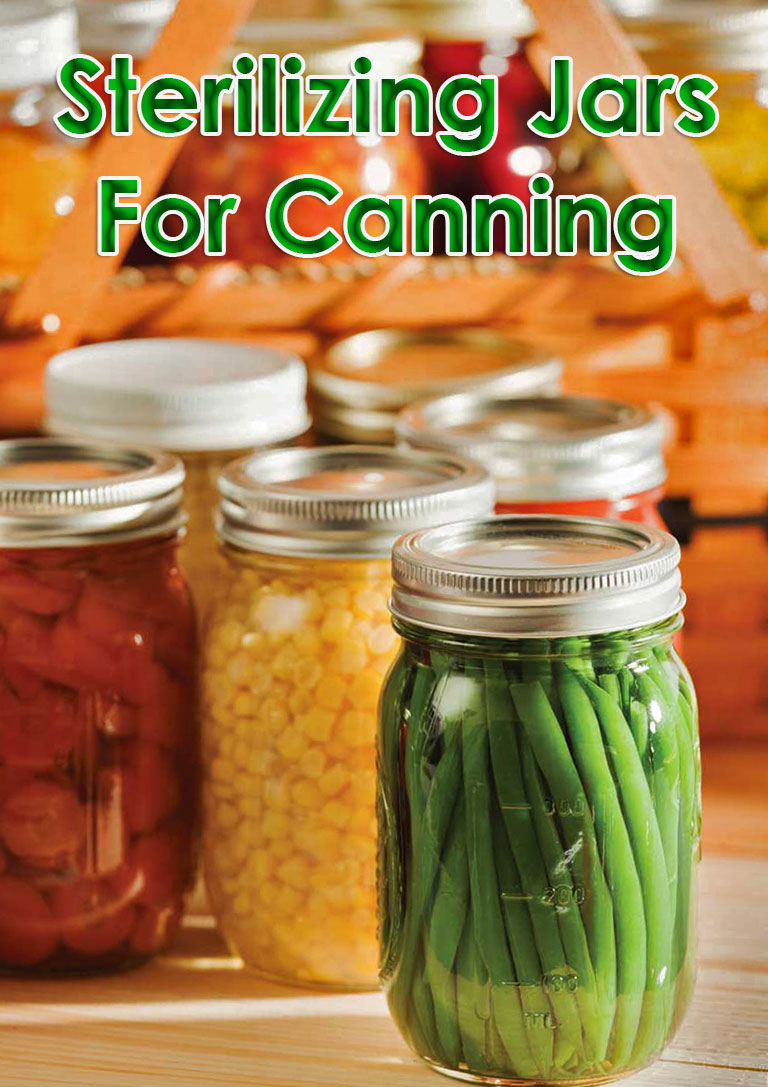
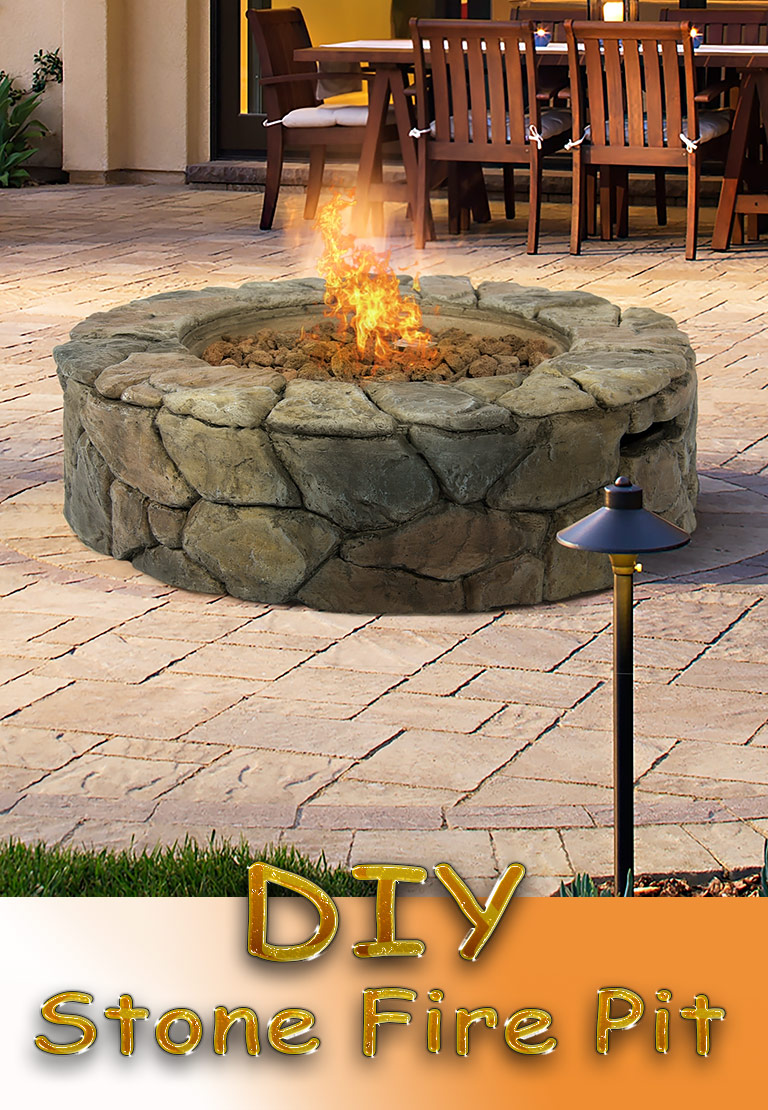
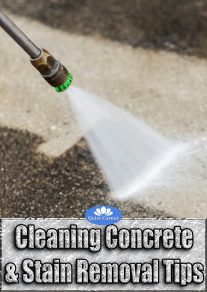
Leave a Reply